Naturalistic planting has seen a surge of interest over the last year, and the trend is set to continue into 2016 as leading designers are looking increasingly to nature for planting inspiration. With hundreds of breathtaking places around the world to choose from, ten experts share their favourite places to see wildflowers.
Kyrgyzstan
Recommended by plantsman and writer Dr Noël Kingsbury
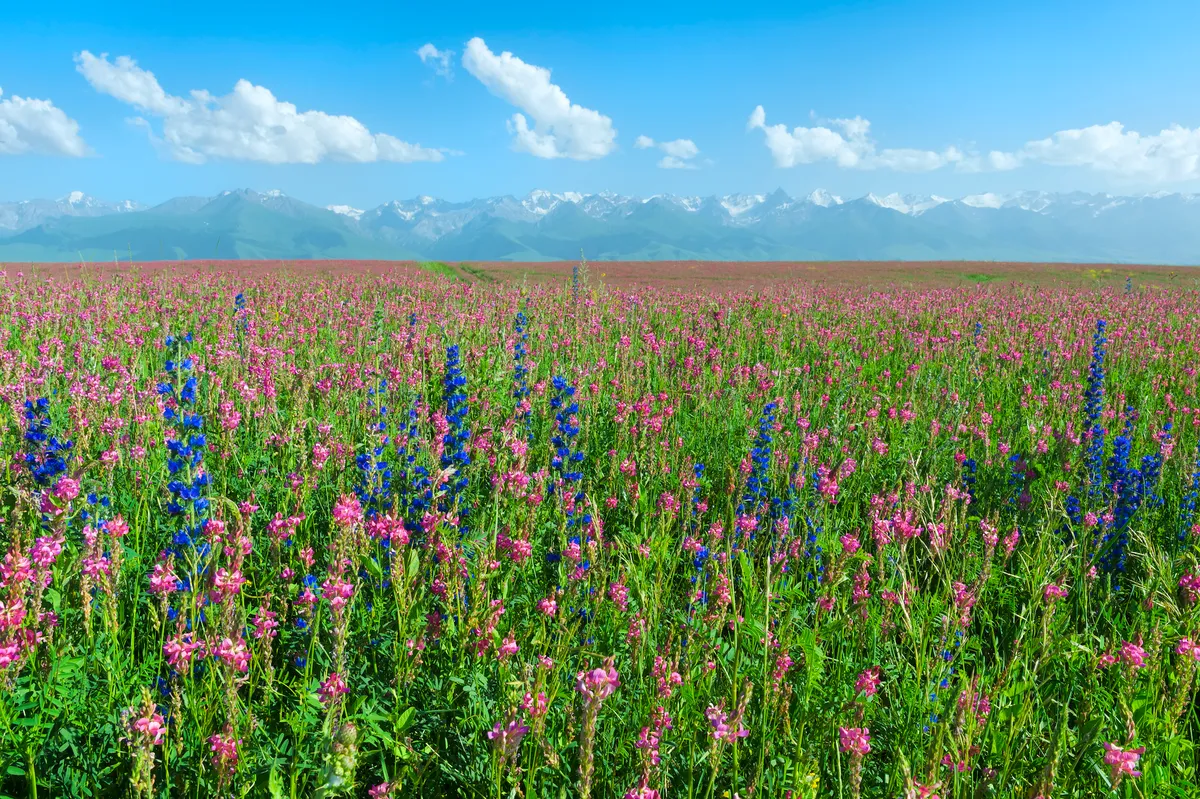
Geographically isolated by mountainous terrain, the central Asian country of Kyrgyzstan has an incredibly rich flora, scattered across a very wide range of habitats. With a harshly continental climate, everything in a particular place tends to flower at once, so meadows can look as if someone has scattered an entire seed catalogue. Best time to visit is in July and August.
Mount Rainier, USA
Recommended by plant hunter Dan Hinkley
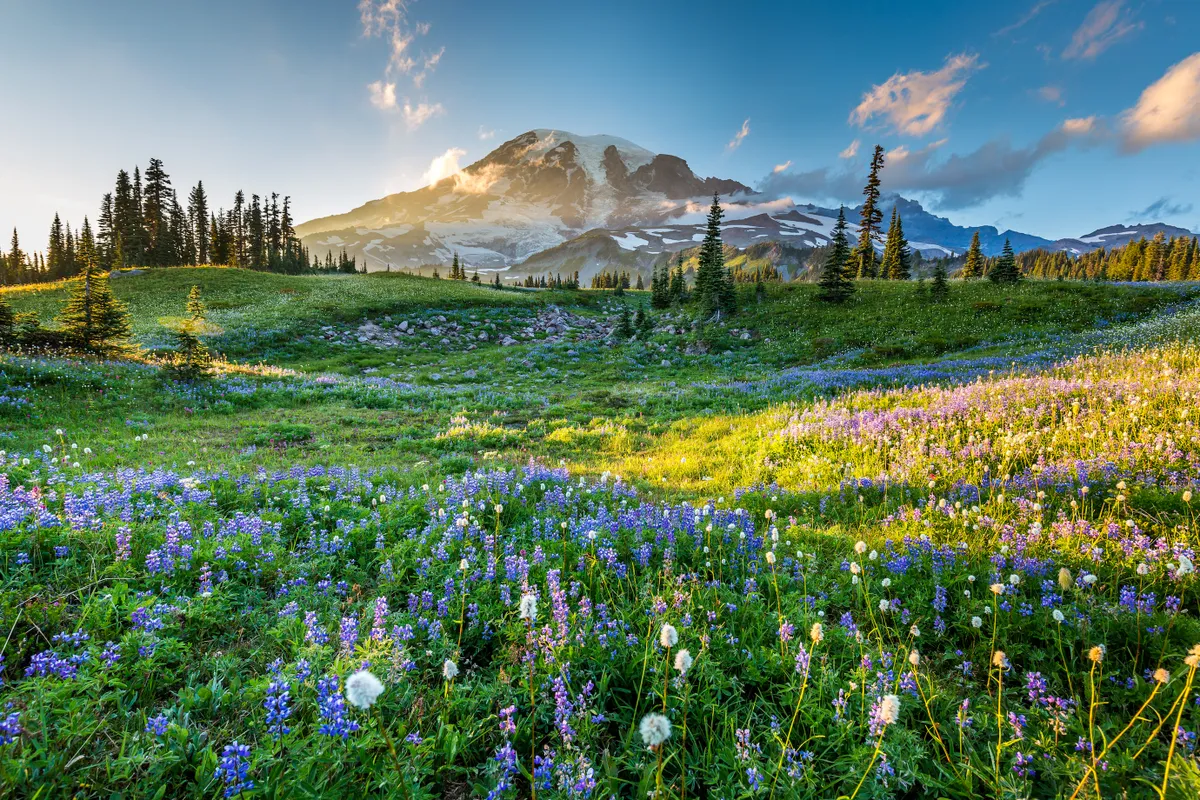
The active volcano that dominates the skyline of the greater Puget Sound, Mount Rainier, rises to 4,392m. Because of this height and the warm, moist air flowing over its slopes from the Pacific, it is recognised as having more annual snowfall than any other place on earth. It stands to reason that spring on the slopes surrounding its glacier-clad peak does not commence until mid July when sweeps of erythroniums and pulsatilla paint the newly revealed alpine meadows. These transition week to week in a highly charged growing season, rushing towards the first frosts of mid September. During that time, mind-bending displays of lupins, geraniums, asters, camassias, erigerons, campanulas, phacelias and veronicas predominate; lower forested slopes boast flowers of two species of rhododendron, the rare Elliottia pyroliflora and woodland flora including: disporums, streptopus, actaea, clintonias, achlys and numerous orchids.
Western Cape, South Africa
Recommended by nursery woman, Derry Watkins of Special Plants
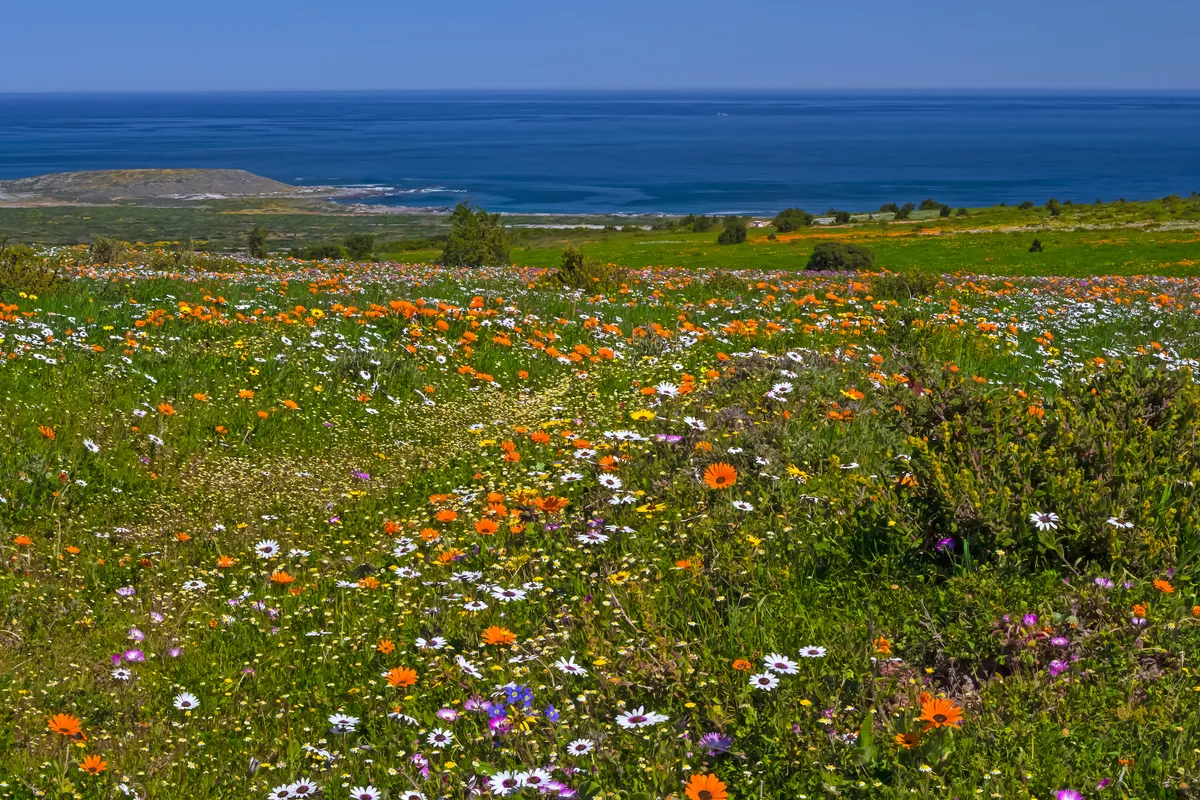
The Western Cape has the most remarkable and extraordinarily varied flora. The world is divided up into six floral kingdoms and, although the smallest, the Cape Region constitutes one of them. You’ll find weird and wonderful collections of different plants just about everywhere you look and with such specific geographical conditions many plants are unique to this area. Visit in mid August to late September. Finding plants is easy – just step out of your car, they’re everywhere.
Sichuan Province, China
Recommended by botanist Dr James Compton
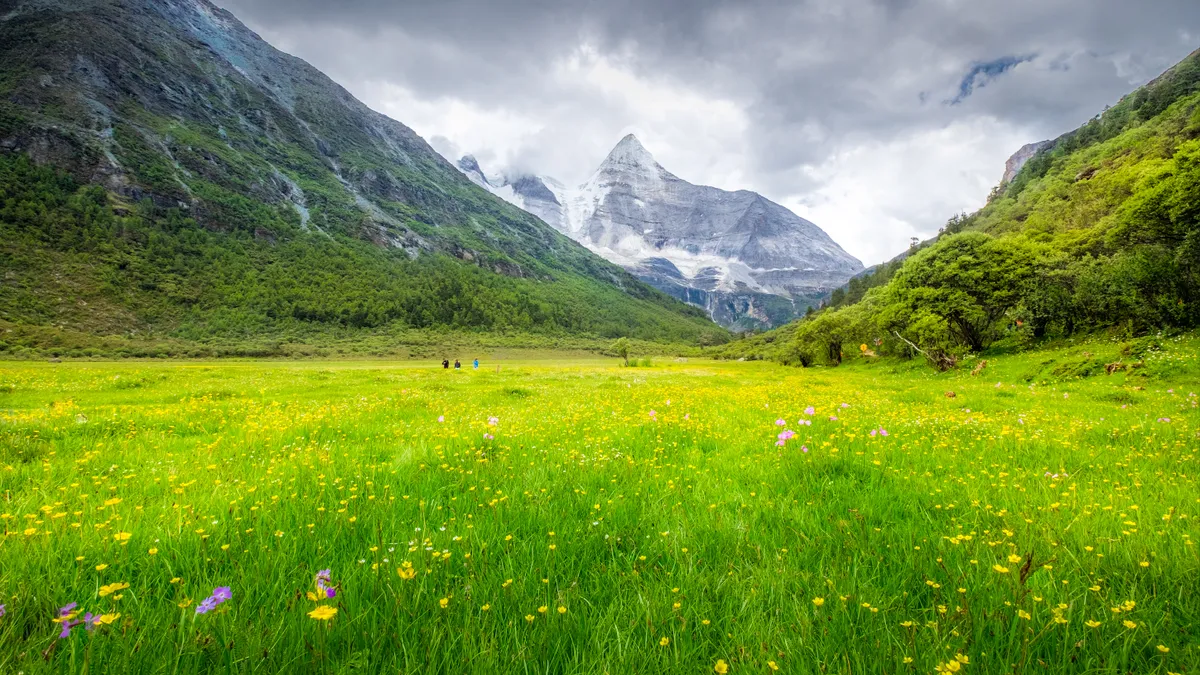
From spring to early summer, Sichuan Province in Western China must be one of the greatest wild-plant spotting areas in the world. As fellow botanist Martyn Rix once remarked as we crossed a river on a rickety rope bridge to head into one of the region’s forests: “This is like taking a walk through the pages of The Hillier Manual.”
Transylvania, Romania
Recommended by nurseryman Paul Barney of Edulis Nursery
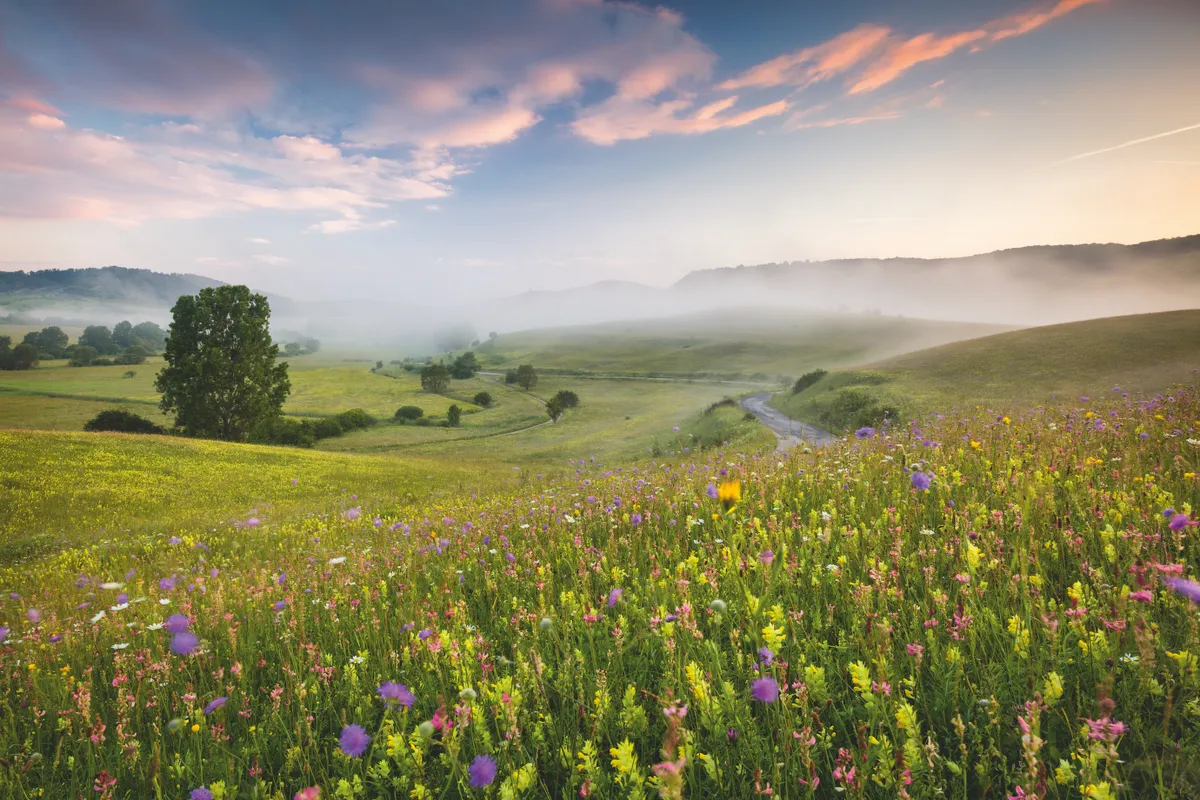
The astounding biodiversity of this region’s landscapes has been celebrated by Prince Charles’s recreation of Transylvanian hay meadows at Highgrove. Areas such as Apuseni boast traditional meadows, dramatic limestone gorges, and species-rich forest, virtually devoid of pesticides. Expect to encounter drifts of Gentiana asclepiadea, Dianthus carthusianorum, Centaurea jacea and Anacamptis morio. Forest margins are particularly rich with Pimpinella major, Seseli libanotis, Deschampsia cespitosa and Daphne mezereum, while woodland flora includes species of Polygonatum, Soldanella and Veratrum. The Transfagarasan Pass, which crosses the southern part of the Carpathian Mountains, is a botanical rollercoaster.
Greece
Recommended by designer and plant expert Dan Pearson
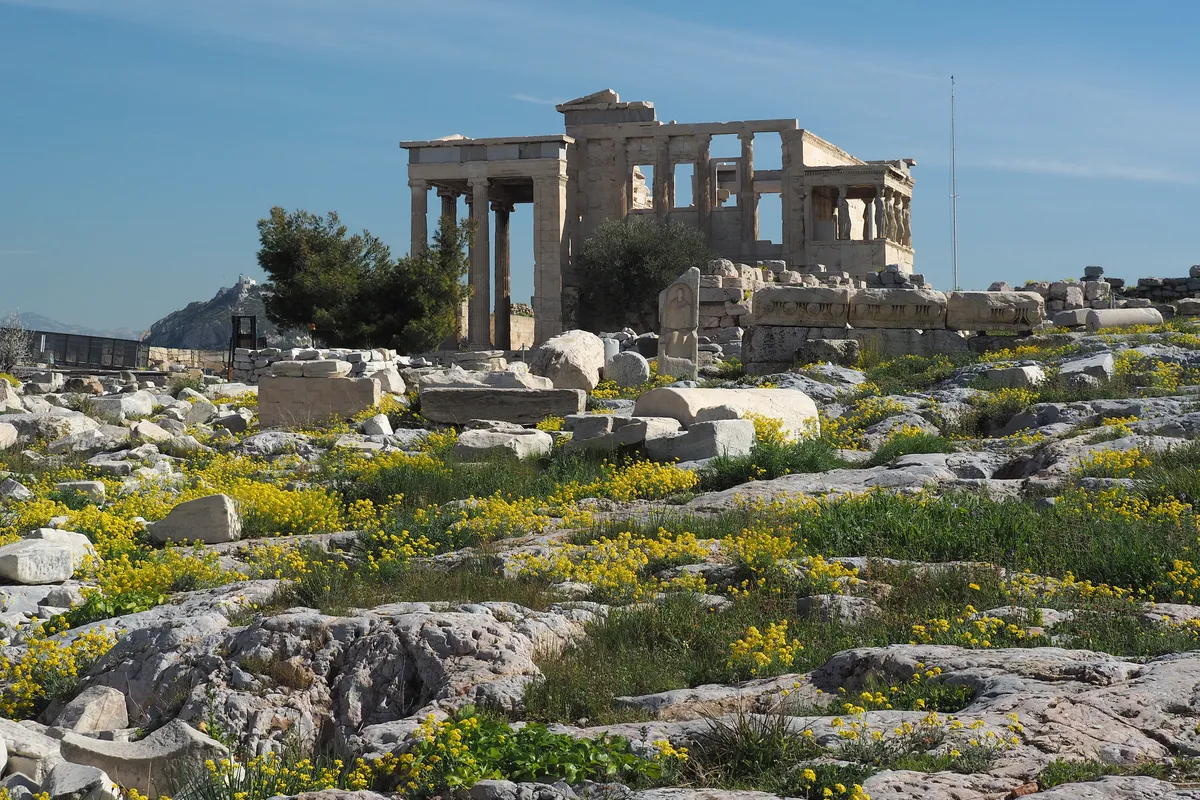
Spring in Greece has been preparing itself over winter, with rains nurturing growth that has been dormant during their long dry summer. It arrives early by comparison with the UK, giving one a chance to indulge ahead of time and with a compression; spring and summer rolled into a brief but glorious window ahead of the summer burning off. Many of the plants you recognise among the aromatic scrub, orchids with peonies, giant fennel, euphorbias, lupins and corydalis. All this under an electric-blue sky.
Western Australia
Recommended by horticultural ecologist Professor James Hitchmough
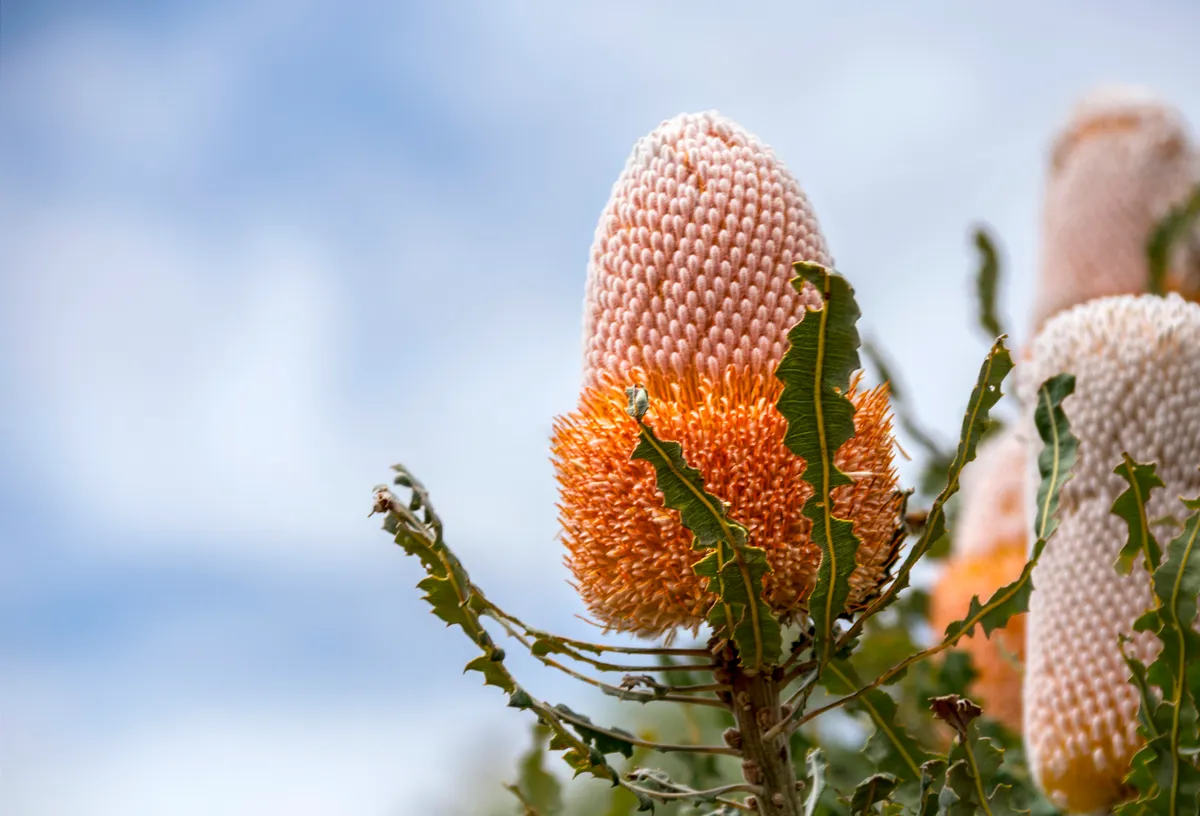
Inland Western Australia has lots of desert ephemerals, but for me it’s the heathlands that really wow. These are incredibly species diverse and, particularly two to four years after a fire has gone through and done its regenerating work. Orange Banksia, multi-hued Verticordia, violet and silver Dampiera… some of these plants could be from another planet. Head either south or north of Perth, between September and the end of November. But first pop into Kings Park and Botanic Garden to see it all in microcosm.
Mexico
Recommended by nurseryman Nick Macer of Pan Global Plants
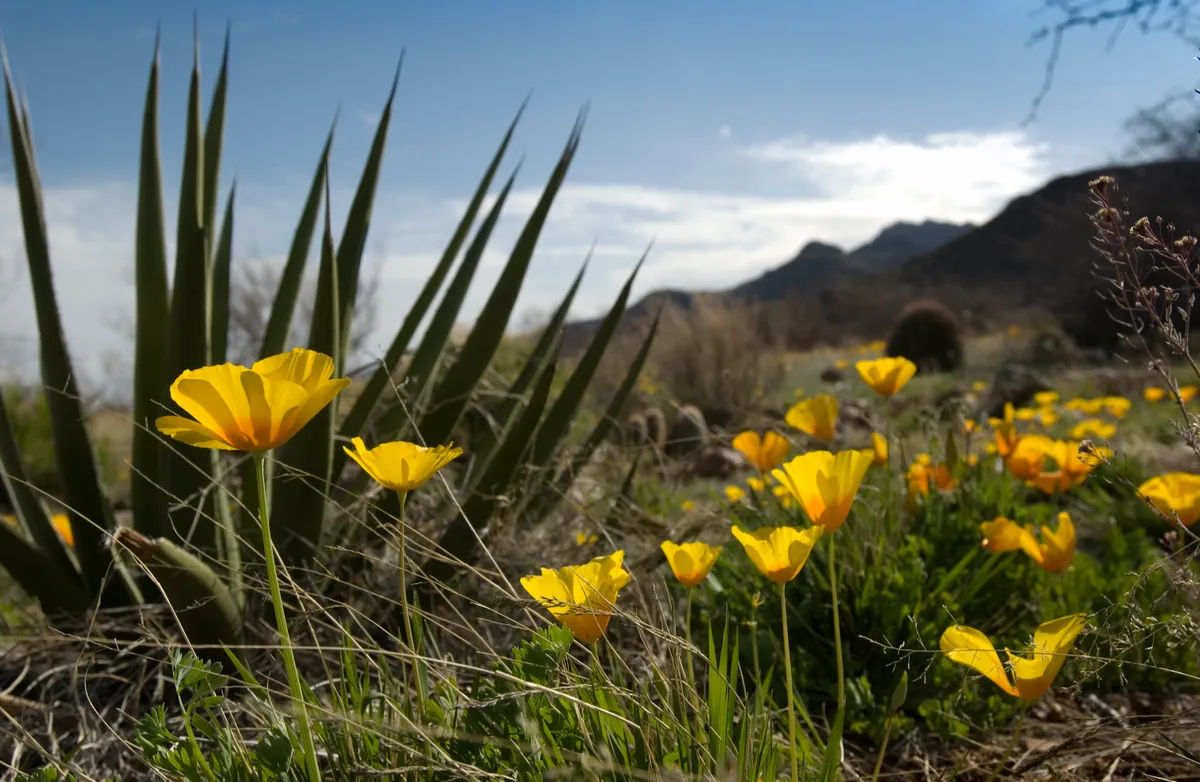
From hot, sweaty jungle to coastal areas; cool mountain forests to arid desert conditions, the country’s topography and climatic conditions vary enormously and as a consequence, you can find a huge diversity of species. In November, after summer rain and autumn sunshine, the roadsides are ablaze with billowing masses of wild flowers. It’s the most fabulous place to see species Dahlia, not to mention Nolina, Yucca and Agave, and the epiphytic bromeliads of the cloud forests.
Himachal Pradesh, North India
Recommended by nursery woman Chris Marchant of Orchard Dene
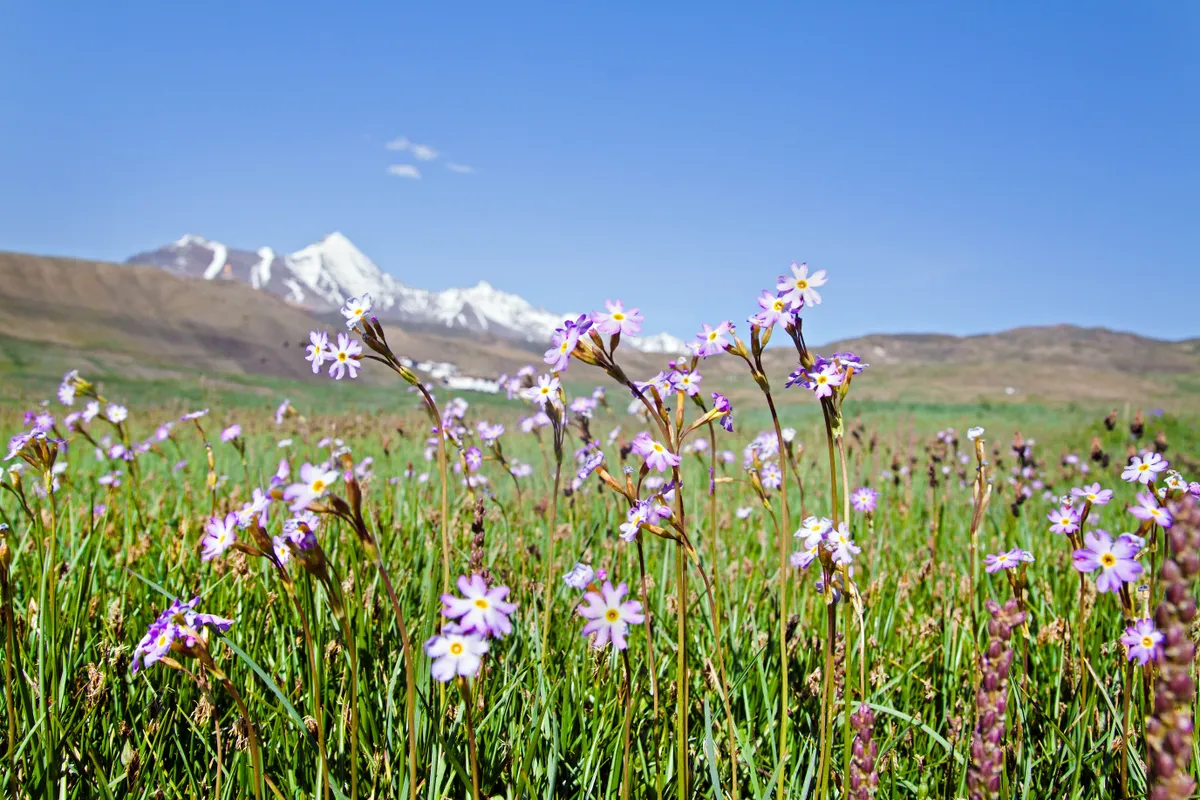
Hiking through Himachal Pradesh, on the fringes of the Himalayas, is like an ascent of discovery. With hanging green valleys, flanked by rocky peaks, and high altitudes where glacial meltwater courses through ground fissures, you’ll find incredible floral diversity that demonstrates both resilience and beauty.
Recommended reading
Wildflower Wonders by Bob Gibbons (Bloomsbury, 2014) is a great starting point if you want to discover more about the best places to see plants growing in the wild.